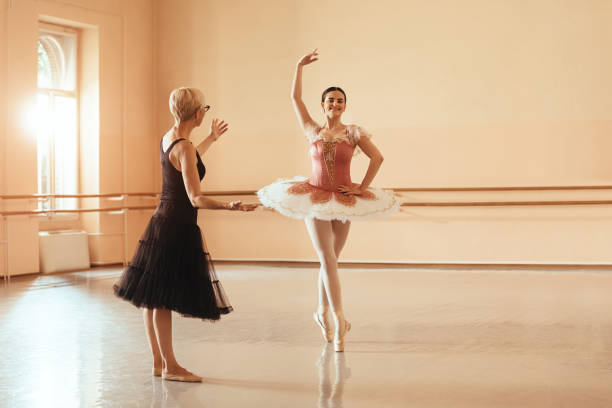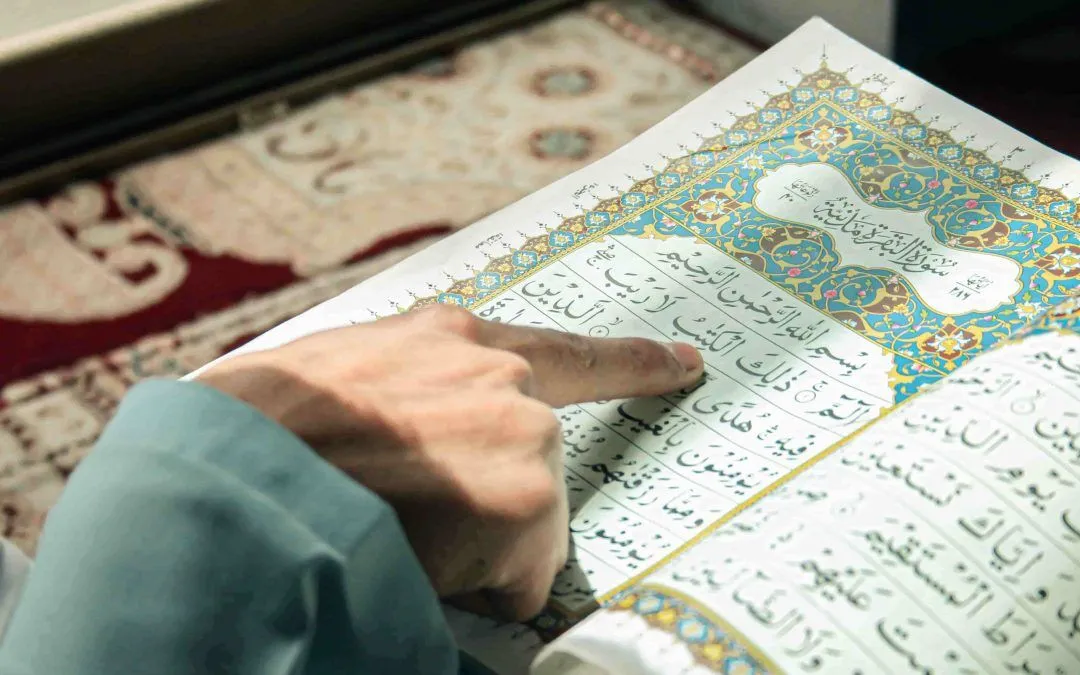In Singapore, ballet continues to flourish as a respected art form. Young dancers across the island invest hours perfecting posture, refining pirouettes, and building strength and grace. For some, this journey leads beyond weekend classes. They seek a deeper path shaped by commitment, discipline, and professional ambition. This is where vocational ballet steps in, offering focused training for dancers ready to explore ballet as a serious pursuit.
Families often ask how to support such dreams, especially when full-time ballet programmes carry significant commitments. Scholarships play a vital role here. They open doors for young talents who show potential but may need financial or institutional support to move forward. If you’re exploring opportunities in ballet Singapore, understanding the world of scholarships helps you make better choices.
This guide covers how vocational ballet scholarships work, who qualifies, what training involves, and how aspiring dancers can prepare.
What Is Vocational Ballet?
Vocational ballet refers to intensive, long-term ballet training designed for students who may pursue dance as a career. It sits between recreational training and professional life, focusing on technique, performance, and physical conditioning.
Students usually enrol in these programmes during their teenage years. The goal is to build a strong foundation that prepares them for advanced study or company auditions. In Singapore, vocational tracks often combine daily dance classes with academic study, either within the same institution or through external school partnerships.
Unlike regular weekly lessons, vocational ballet includes multiple classes per week, covering:
- Classical technique
- Pointe work
- Contemporary and character dance
- Strength and conditioning
- Repertoire and performance
This training not only builds skill but also instils the discipline required in any performing career.
Why Scholarships Matter
Pursuing vocational training requires time, effort, and financial resources. While the passion may be strong, not all families can bear the cost of daily classes, performance attire, assessments, and travel.
Scholarships offer relief in two key ways:
- They reduce the financial burden, either partly or fully.
- They bring recognition, marking the dancer as someone with promise.
More than funding, scholarships provide opportunity. They allow students to learn in nurturing environments, with access to experienced teachers, quality facilities, and real performance chances.
Scholarships at Ballet Singapore ensure that talent is open to everyone. They support a diverse range of dancers and focus on potential instead of just access.
Who Can Apply for Ballet Scholarships?
Scholarship criteria can differ, but most programs look for dancers who have a mix of physical skill, musicality, discipline, and commitment. Typically, age requirements start between 10 and 12 years old, and selections continue into the mid-teen years.s.
Key qualities scholarship panels often consider include:
Technique and Alignment
A clear understanding of ballet positions, correct use of turnout, and body control shows a dancer’s training base.
1. Musicality and Expression
- Dancers who move naturally to music and show emotion in their movements are favoured for scholarships.
2. Focus and Work Ethic
- Judges look for how well dancers listen, take feedback, and handle stress during auditions.
3. Physical Potential
- Panels evaluate flexibility, turnout, body proportions, and strength because these traits support long-term growth.
4. Passion and Commitment
- Students who practice often, attend rehearsals, and take dance seriously stand out.
Not every applicant will meet all the criteria, but consistent training and the right attitude create a strong impression.
Audition and Selection Process
Most scholarships need an audition. This can be a live class, a recorded video, or a written application with performance clips.
An in-person audition usually includes:
- A classical ballet class (barre and centre work)
- Short variations or choreography
- Possibly a short interview or Q&A
Judges look at more than just skill. They also notice your presence, focus, and attitude. Showing improvement during the class can make a strong impression.
In video auditions, clarity is important. Make sure you have good lighting, a clean background, and wide framing so the judges can see your full range as a dancer.
Structure of a Vocational Programme
Vocational ballet in Singapore follows a clear, progressive structure. Classes may run five to six days a week, sometimes with morning and afternoon sessions. Schedules often align with international syllabi like RAD (Royal Academy of Dance), CSTD, or Vaganova.
In most programmes, students balance dance and academics. Some schools offer in-house academic classes. Others partner with mainstream or online learning platforms.
Components of a typical week may include:
- Daily ballet technique classes
- Pointe or men’s class (for older students)
- Contemporary or lyrical styles
- Core training and injury prevention
- Workshops or guest artist masterclasses
- Exam preparation and performance rehearsal
Students also gain exposure through stage work, competitions, or exchange programmes—valuable tools for artistic growth.
Benefits of Ballet Scholarships
Receiving a scholarship changes more than a student’s schedule. It enhances the way they approach training, builds confidence, and encourages responsibility.
1. Enhanced Focus
- Knowing that others believe in your potential motivates dancers to take training more seriously.
2. Broader Access
- Scholarships often come with added benefits—private coaching, performance roles, or travel support.
3. Professional Exposure
- Scholarship holders may gain entry to special events, industry masterclasses, or mentorship opportunities.
4. Goal Setting
- With clear targets in mind, students learn to plan, practise smart, and reflect on progress.
These benefits stretch far beyond the studio. They help shape dancers into mature, resilient individuals.
What Parents Should Know?
Parents play a key role in helping their child with vocational training. Ballet scholarships can provide great opportunities, but they also require a strong commitment.
Before applying, families should think about:
- Is the dancer ready to train for more hours?
- Can we fit the training schedule with school and other commitments?
- Are we ready for travel, exams, and performances?
- How will we ensure the dancer gets enough rest, nutrition, and recovery?
Having open conversations will help everyone set shared goals and have realistic expectations. Some dancers find joy in ballet, while others see dance as a fun hobby. Both choices are valuable.
Summary Table – Scholarship Snapshot
To make comparison easier, here’s a simple table highlighting common scholarship features across programmes:
|
Feature |
Typical Requirement or Offer |
|
Age Range |
10–18 years |
|
Entry Method |
Audition (live or recorded), application form |
|
Duration |
1 to 3 years (renewable based on progress) |
|
Coverage |
Partial or full tuition waiver |
|
Other Benefits |
Coaching, performance roles, mentorship |
|
Renewal Criteria |
Continued attendance, exam results, behaviour |
This overview offers a starting point when reviewing scholarship options in ballet academies.
Building Toward the Future
Many dancers use vocational training as a starting point for studying further at professional schools. Some go on to teach, choreograph, or manage arts programs. Even those who choose different careers later still benefit from the discipline and confidence that ballet gave them.
Ballet teaches important life skills beyond just dance steps. It helps build character. Dancers learn to stay focused and grounded through auditions, corrections, injuries, and applause.
By supporting vocational ballet through scholarships, Singapore continues to nurture talent while keeping the doors open for all.
Conclusion
Taking the path to vocational ballet is challenging but rewarding for young dancers in Singapore. Scholarships open doors by providing not just funding, but also encouragement, structure, and belief.
If your child wants to pursue ballet, look into the scholarship options available and talk to teachers. Make sure to prepare for auditions carefully. Keep communication open at home. Most importantly, enjoy the growth that dance offers.
In 2025 and beyond, Ballet Singapore has a promising future. With the right support, effort, and passion, many dancers can succeed both on stage and in life.






